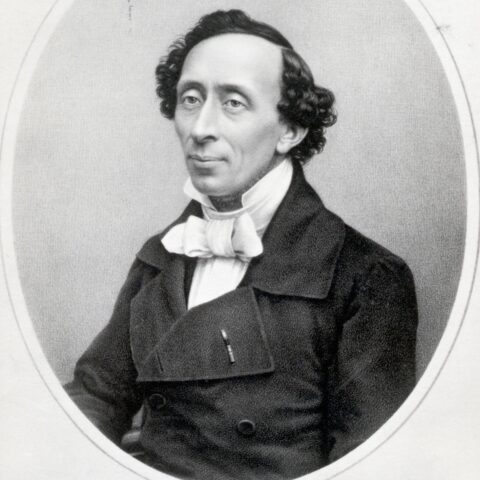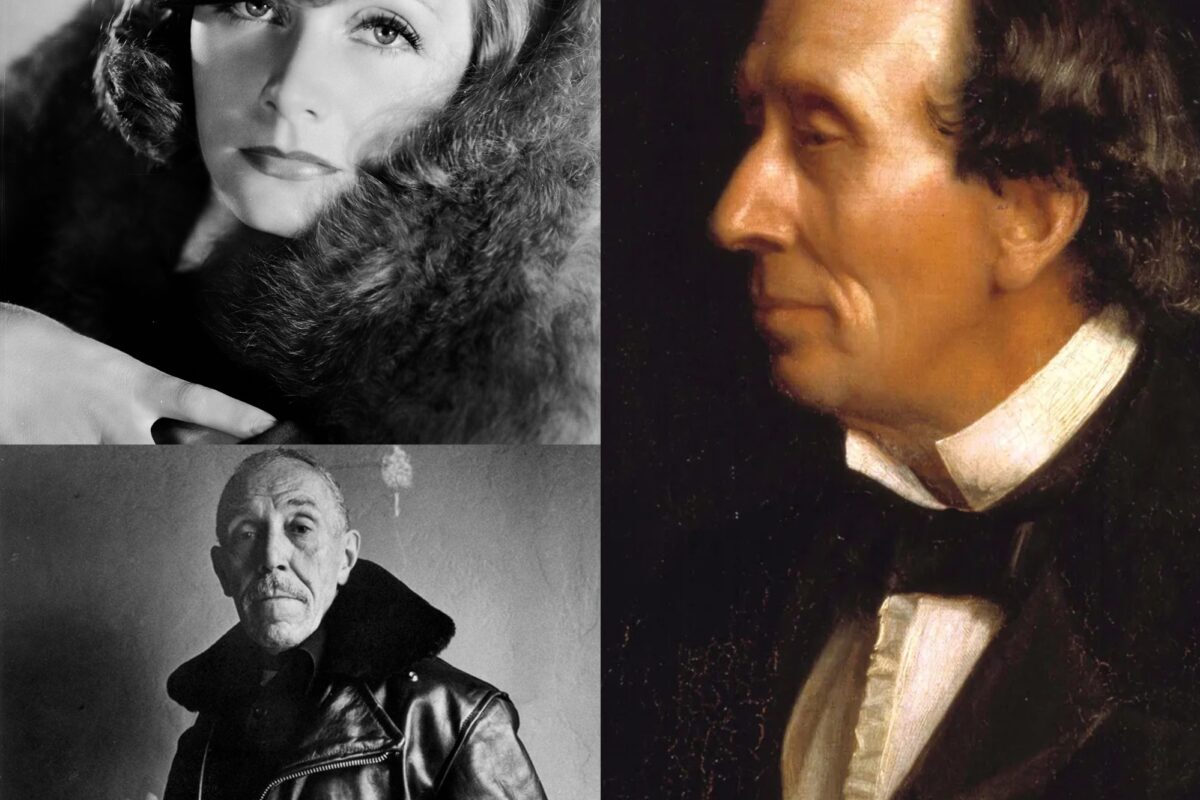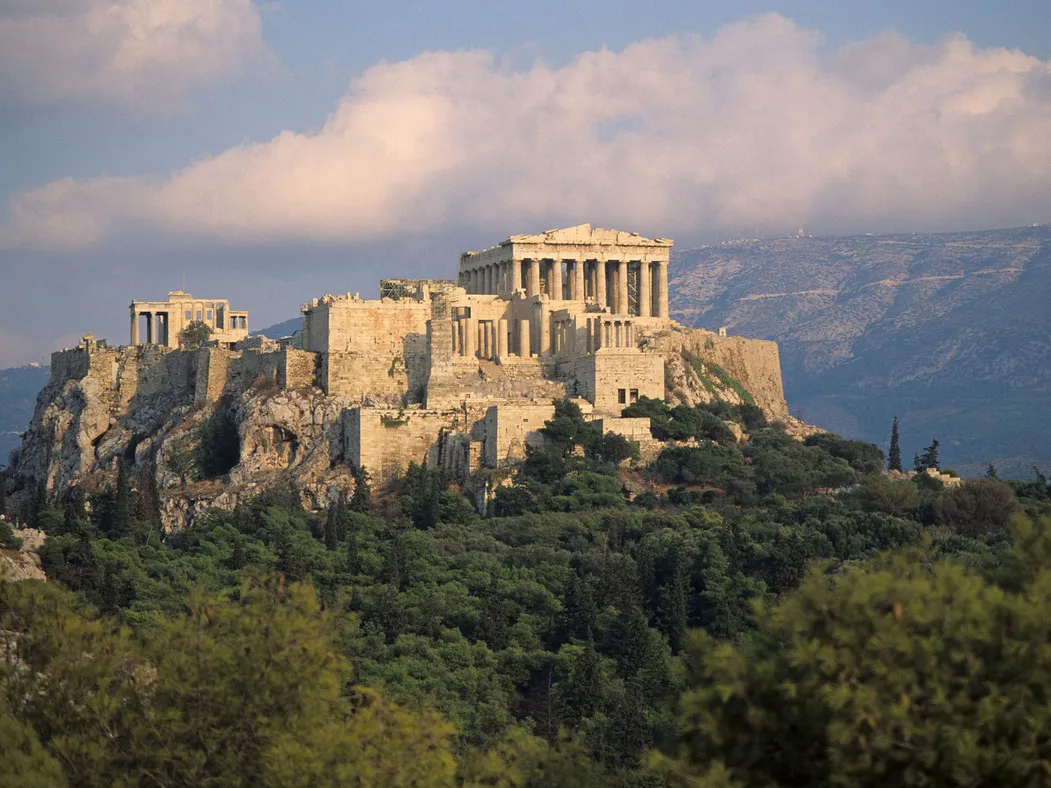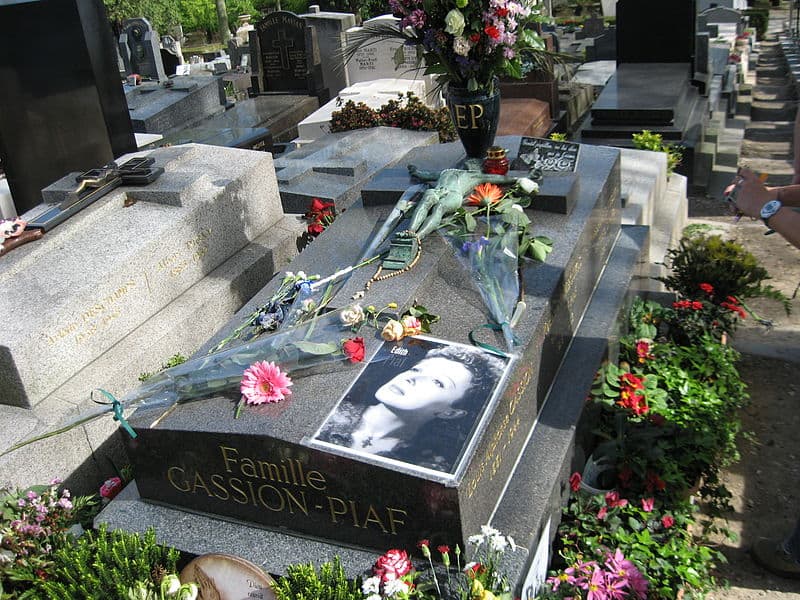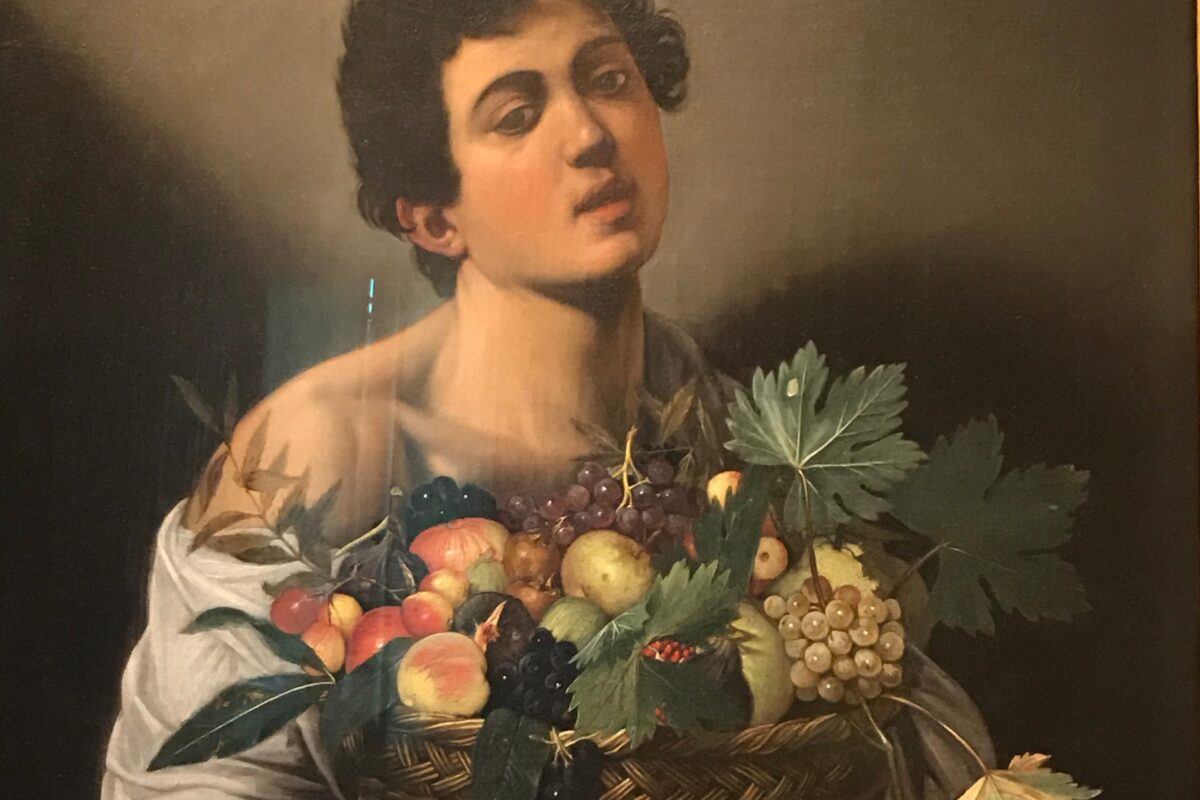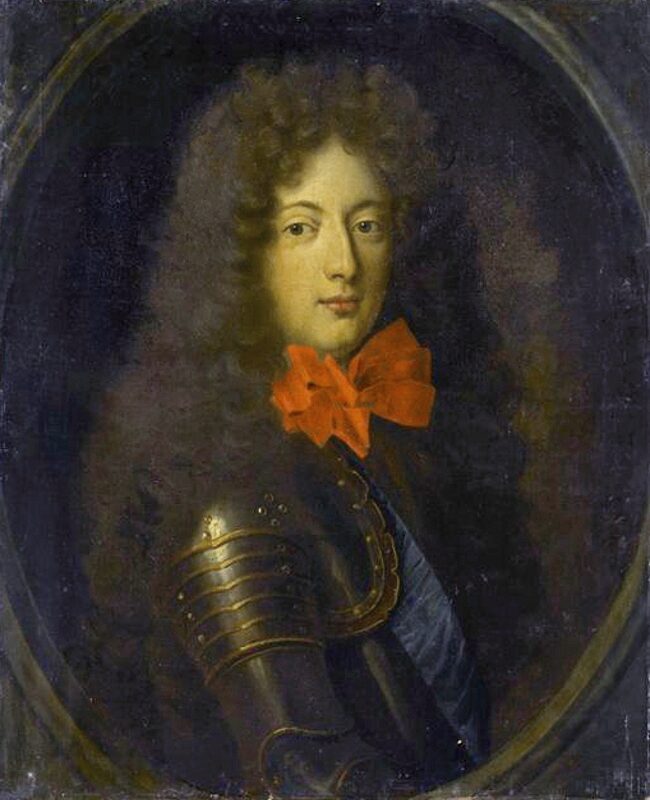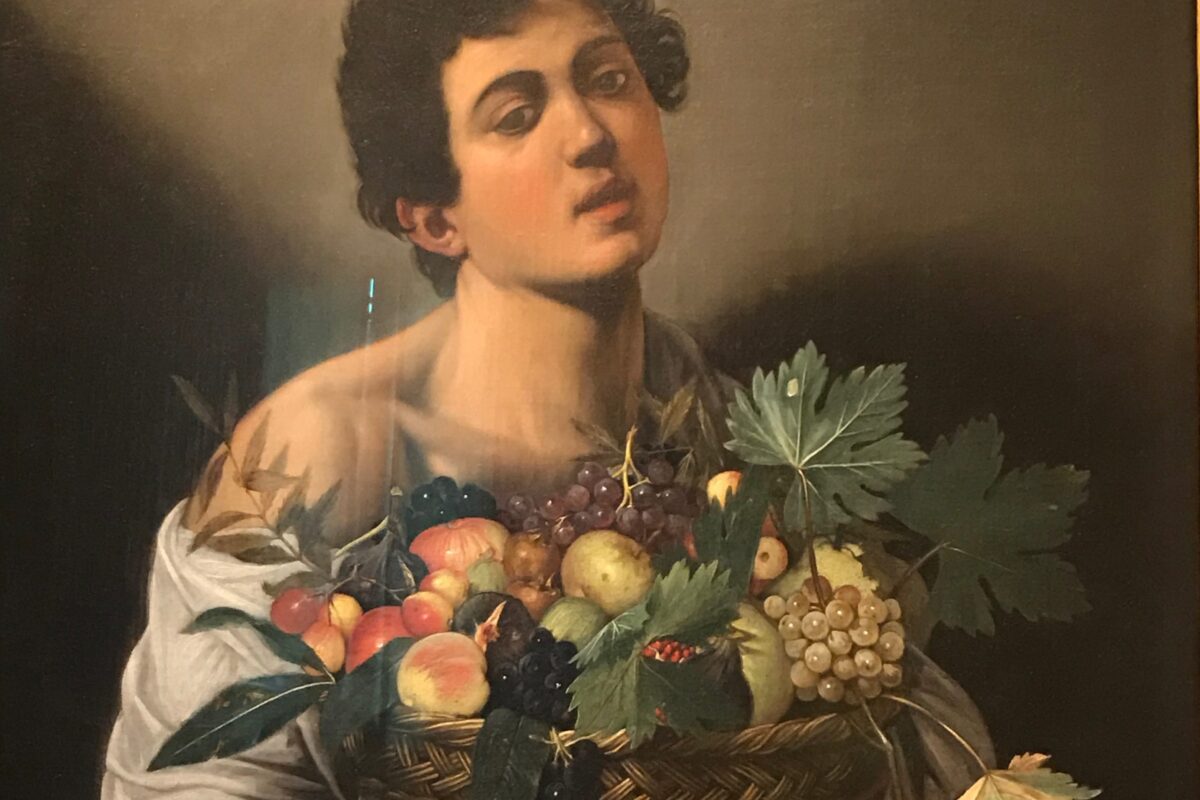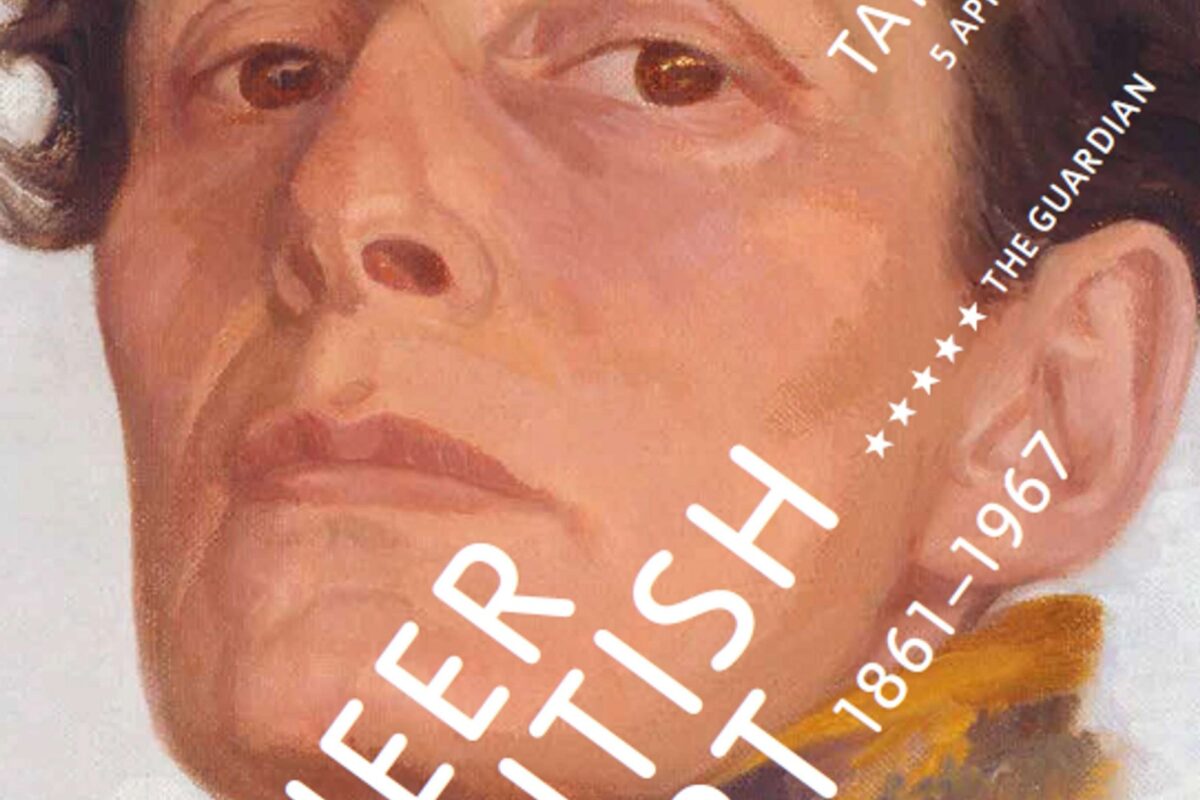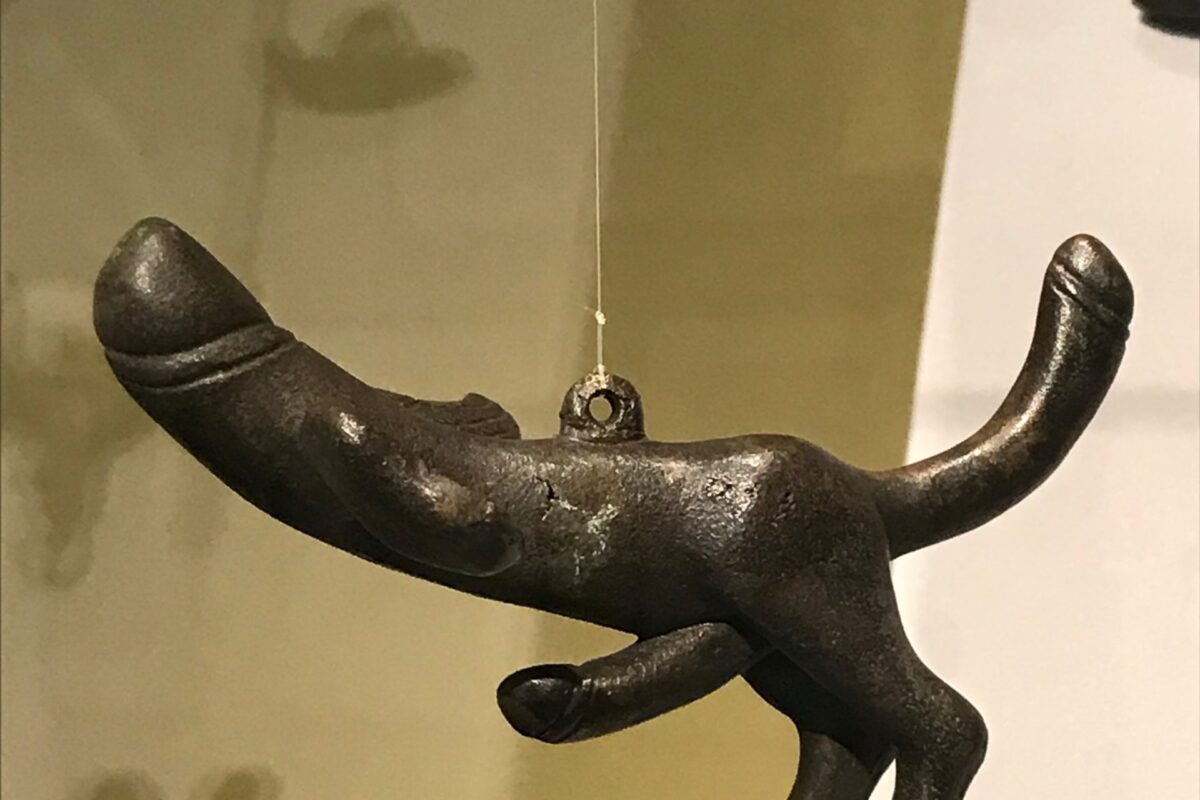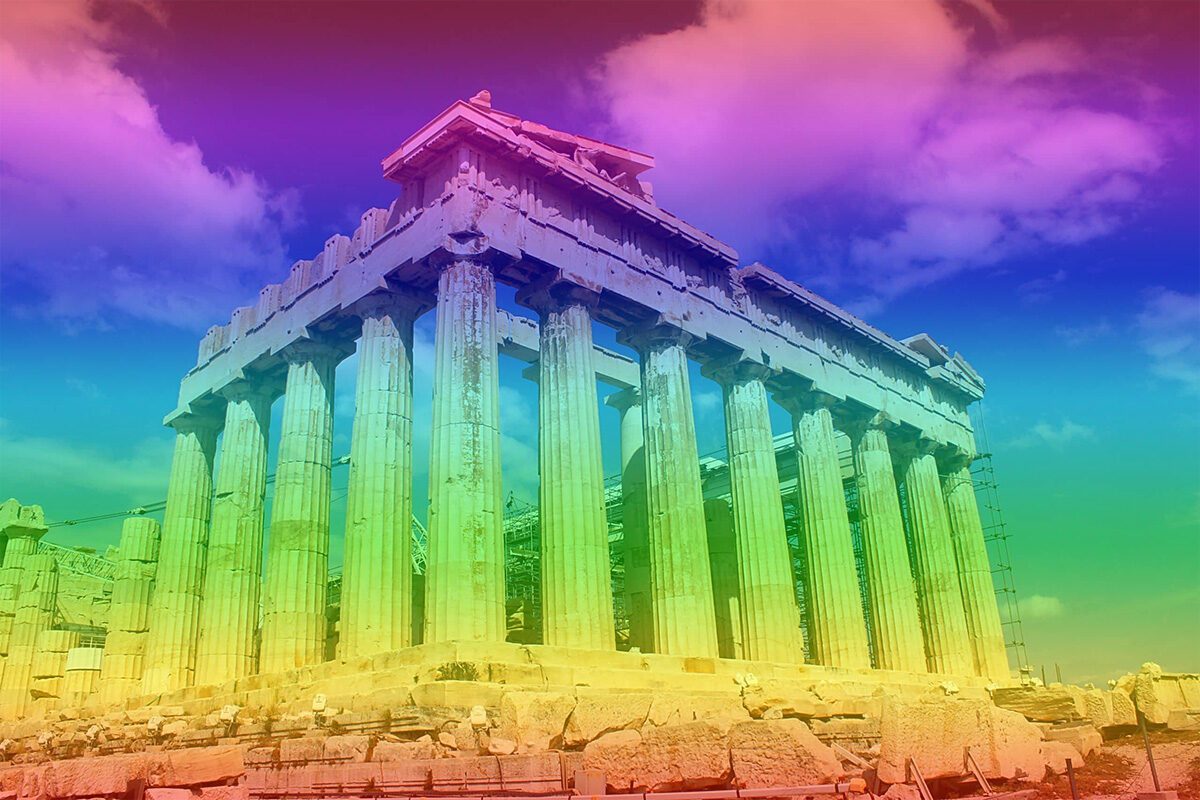At the end of this very real annus terribilis, I want to say a few words to you, our loyal readers and attendees. Above all, thanks! Thanks for keeping Oscar Wilde Tours alive by reading our blog, attending our Zoom tours, watching our YouTube videos, contributing to our fundraisers—in short, for being a fabulously loyal community. When the pandemic hit the US, in March, it seemed likely to kill the company completely. Who would have thought that 9 months later, as the pandemic continued to rage, we would be putting on our 28th Zoom tour, with audiences regularly over 100, and have gathered over 28,000 views for our videos? It’s been a hard year, but ours is a tiny, flourishing corner. And we have a lot more coming after the holidays! Want to find out more?
